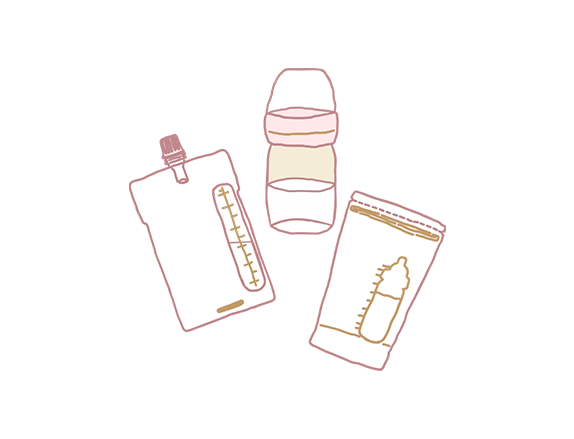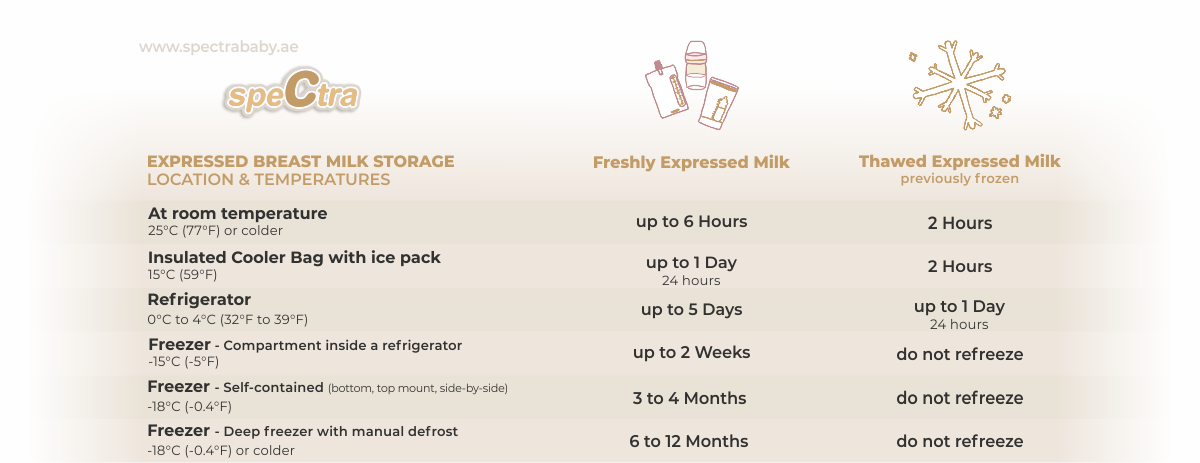
So how do you store and use your milk safely?
Good hygiene and proper milk storage practices are important for the health and safety of your baby.
Follow the below safety precautions:
You can store expressed milk at room temperature, in the fridge, or freezer. It depends on how soon you want to use it.
Follow these guidelines:

Breast milk is better for your baby than formula milk.
However, freshly expressed breast milk is preferred over refrigerated milk. That is because freshly expressed milk contains the best bacteria-fighting properties. It is higher in antioxidants, vitamins, and fat than refrigerated or frozen milk.
Stored breast milk can form into separate layers, with the fat (cream) rising to the top when you store it for too long. Always swirl the bottle gently to mix the milk before feeding your baby.
However, it’s best to avoid stirring/ shaking the bottle vigorously as that can damage some of the milk’s nutritional qualities.
When your baby feeds on expressed breast milk from a cup or bottle, bacteria can transfer from the mouth into the milk. For this reason, you should throw away the leftover milk within 1-2 hours of the feed. We strongly advise mamas to store expressed milk in small amounts to prevent wastage.
Refrigerate your breast milk as soon as possible after expressing it:
Can you mix chilled milk with freshly expressed milk?
According to the American Academy of Paediatrics, combining different milk temperatures does not increase the risk of bacteria in breast milk. It means you can add freshly expressed milk to refrigerated milk whenever required.
What is BPA?
BPA (bisphenol A) is a chemical that is commonly used in most manufactured plastic. Its long-term effects are uncertain. That’s why BPA products are not recommended for food storage.
Milk Storage Safety Tips
Feeding Expressed Breast Milk
Breast milk does not need to be warmed. It can be served at room temperature or cold. Swirl the breast milk to mix the fat, which may have separated.
If you decide to warm the breast milk, here are some tips:
Freeze your breast milk soon after expressing it.
Store your milk in small portions (less than 60 ml) for easier thawing and minimal wastage. You can combine separately stored milk after defrosting it.
Disclaimer for Premature and Unwell Babies
Please discuss milk storage guidelines with hospital caregivers and specialists if your baby is in a Neonatal Intensive Care Unit (NICU) or special care ward. Professional consultation becomes necessary as the doctors recommend stricter storage rules for the baby’s health and safety.
To find out some tips and tricks about thawing frozen milk safely read next how to Thaw Frozen Breast Milk